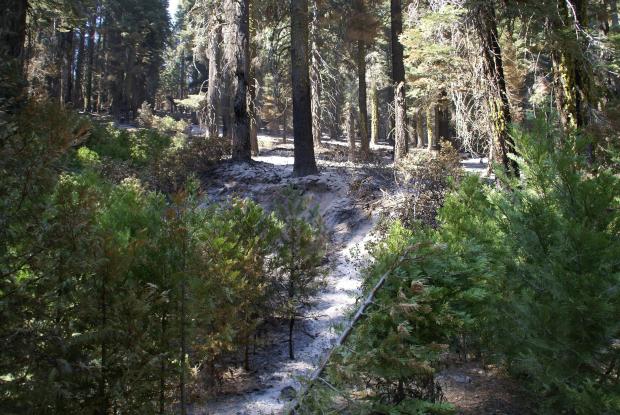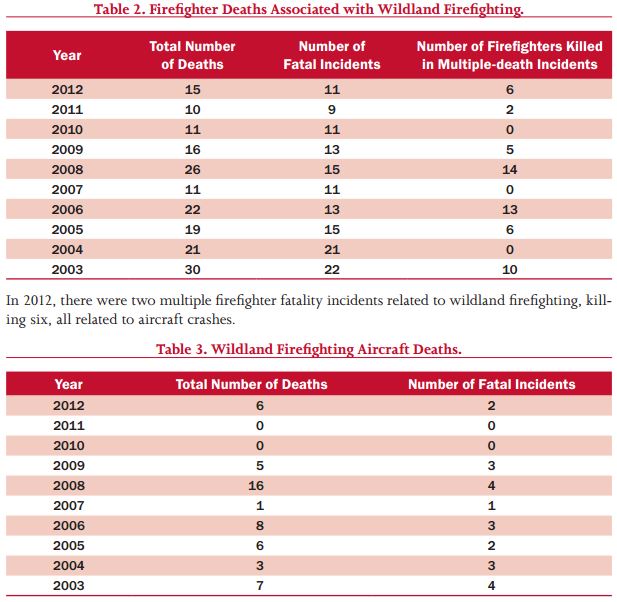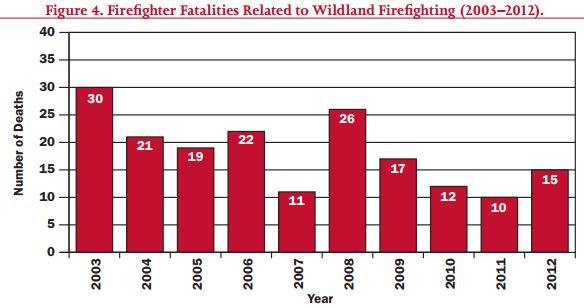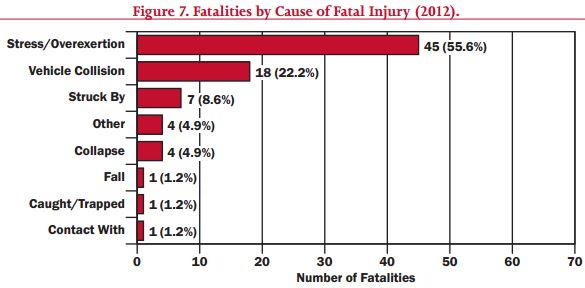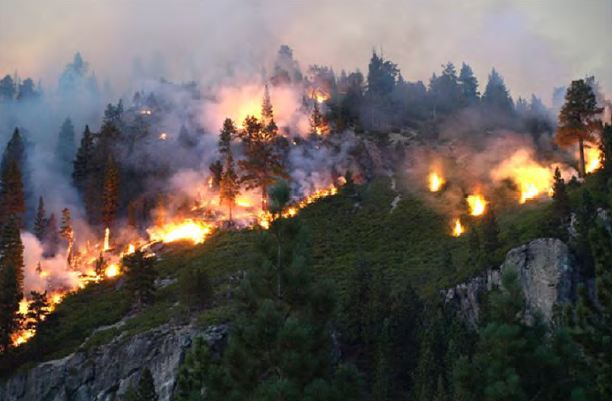
Several online articles came to our attention today that you may be interested in.
New York Times
The Times has an excellent article about last year’s Reading Fire in Lassen National Park in northern California. It was a fire use fire that started on July 23, 2012, escaped the maximum management area, and burned outside the park, blackening a total of 28,000 acres. The author, Paul Tullis, oddly, but in a very interesting way, also writes about fire behavior research being conducted at the Missoula Fire Lab. Checking out the article is worth it, if only for the great photos taken by photographer Richard Barnes.
More articles about the Yarnell Hill Fire
The monthly magazines are now coming out with their articles about the fire on which 19 members of the Granite Mountain Hotshots died. They pale in comparison to the good one that was in Outside Magazine, but if you are obsessed with that multiple fatality incident, like many of us are, you’ll want to see the articles in Popular Mechanics and Men’s Journal.
The USFS infrared mapping program
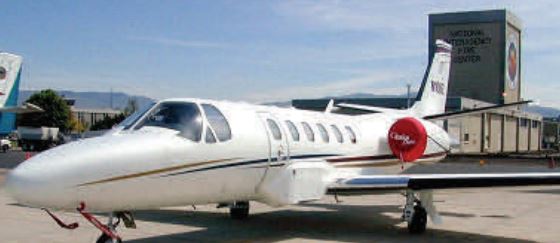
Earthzine has an article that does a good job of summarizing the U.S. Forest Service program that operates two fixed wing aircraft that map ongoing wildfires. Here is an excerpt:
…The two IR aircraft are a twin-engine Beechcraft Super King Air B-200 and a small jet, the Cessna Citation Bravo II. Both aircraft take off at between 7-9 p.m. and continuing mapping runs until 4 a.m.
Mapping flights follow a grid plotted out in advance, at an altitude of 10,000- 14,000 feet. From that height, each pass scans a swath 6.5 miles wide. For accuracy, passes overlap each other by 25-30 percent. Flying at 300 miles per hour, a map produced by the Super King is accurate by plus or minus 1 foot. The faster moving jet is only slightly less precise – providing maps accurate to plus or minus 10 feet.
The imagery is sent in real-time to interpreters on the ground while the aircraft are still making runs over a fire. Some 48 interpreters are scattered across the country and will have completed maps on the screens of firefighter command centers before the aircraft make their last landings of the night.

